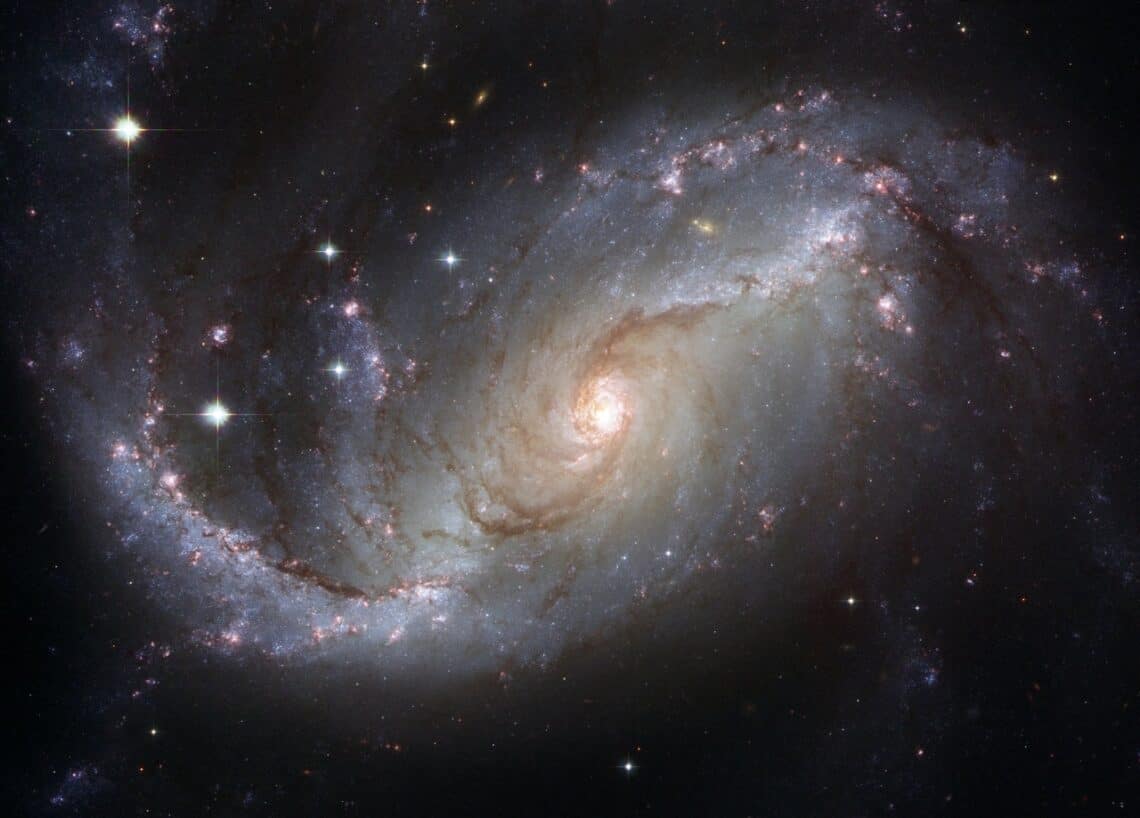Superscience
Indications from Gita
Without a pragmatic approach of Science, Spiritual Science comes into the picture. Our scriptures contain logical and scientific explanations about the origin and end of the Universe. Let us look at four shlokas from Gita to understand our perspectives.
sahasra‐yuga‐paryantam ahar‐yad‐brāhmaṇoviduḥrātriṃ yuga‐sahasrāntāṃ te’horātra‐vido janāḥ
Gita, 8-17
This recitation of the Gita talks about the duration of a day and night of Aadi Narayan as equal to 4.32 billion years each. This is explained in previous blogs (Vedic time scale & dissolution part 2) as the solar system’s existence during the day of Aadi Narayan and its dissolution at the end of his day, and the re-emergence of a new solar system at the end of Aadi Narayan’s night. This dissolution was identified as Minor/Causal dissolution or Naimitik Pralaya as per scriptures.
*There is a twist in the tale, however. Since no solar system or, for that matter, an entire Universe does not exist for 100 years of Aadi Narayan (311 trillion cosmic years), all scriptures and other sources know about only our solar system/universe. Hence, they talk about a day as from the origination of our solar system or, more precisely, from the time life originated in the solar system. So, for the multitudes of life-sustaining solar systems in the multitudes of galaxies of our Universe and others, a day of Aadi Narayan would vary from one to another.
avyaktād vyaktayaḥ sarvāḥ prabhavantyahar-āgame rātryāgame pralīyante tatraivāvyakta-sanjñake
Gita, 8-18
Through these two hymns, Gita enumerates that at the end of the day of Aadi Narayan, all entities (living and non-living) transform from the manifest state to the immanifest state and again, at the beginning of the day of Aadi Narayan, all entities once again manifest from the immanifest state.
bhūta-grāmaḥ sa evāyaṁ bhūtvā bhūtvā pralīyate rātryāgame ’vaśhaḥ pārtha prabhavatyahar-āgame
Gita, 8-19
paras tasmāt tu bhāvo ’nyo ’vyakto ’vyaktāt sanātanaḥ yaḥ sa sarveṣhu bhūteṣhu naśhyatsu na vinaśhyati
Gita, 8-20
Multitudes of beings repeatedly take birth with the advent of Brahma’s Day. They are reabsorbed on the arrival of the cosmic night to manifest again automatically on the advent of the next cosmic day.
This hymn of Gita (8-20) indicates a cosmic domain beyond this manifest or created cosmos. Transcendental to this manifest and immanifest cosmos, there is another immanifest eternal cosmic dimension. That cosmic realm does not cease even when all others do.
Revelations from Vedic Cosmology
Current scientific understanding of the Big Bang theory has it that all matter and energy were concentrated in a point (singularity), and the Universe started as infinitely hot, which later cooled down with the expansion of the Universe. Both of these are in variance with the Vedic cosmology.
According to Vedic cosmology, everything before creation was incomprehensible, and there was nothing but emptiness. Everything that we see was not there, and, for that matter, there was neither space nor time and neither matter nor energy. Second, the Universe was extremely cold in the beginning. The appearance of the Universe started with an increase in temperature.
Vedas have remained a great puzzle or an enigma to the many uninitiated about the ancient Sanskrit script. Not only that, the Vedas are highly codified and full of symbolic representation. Another pitfall is that a Sanskrit word has multiple meanings, and selecting the correct meaning is contextual. Incoherent, sometimes even funny, absurd interpretations or conclusions result if the more popular meaning is taken. Vedas bear testimony to the existence of laws governing the evolution of the Cosmos from the beginning itself. Vedas are ancient cosmology narrating the coming into existence of the Cosmos whence neither Science nor the word cosmology existed
Science presents a world without a creator god, and meaning and purpose. Moreover, scientists seem to talk about the evolution of the Universe and all beings within it by a random chance process. The problem is that Science cannot explain how random processes can generate order and intelligent complexity, including humans.
There are three important hymns in the Vedas related to creation. They are known as the three suktas explaining the heralding of creation.
- Naasadiya sukta
- Purusha sukta
- The Hiranyagarba sukta
We shall review them in the next sections.





